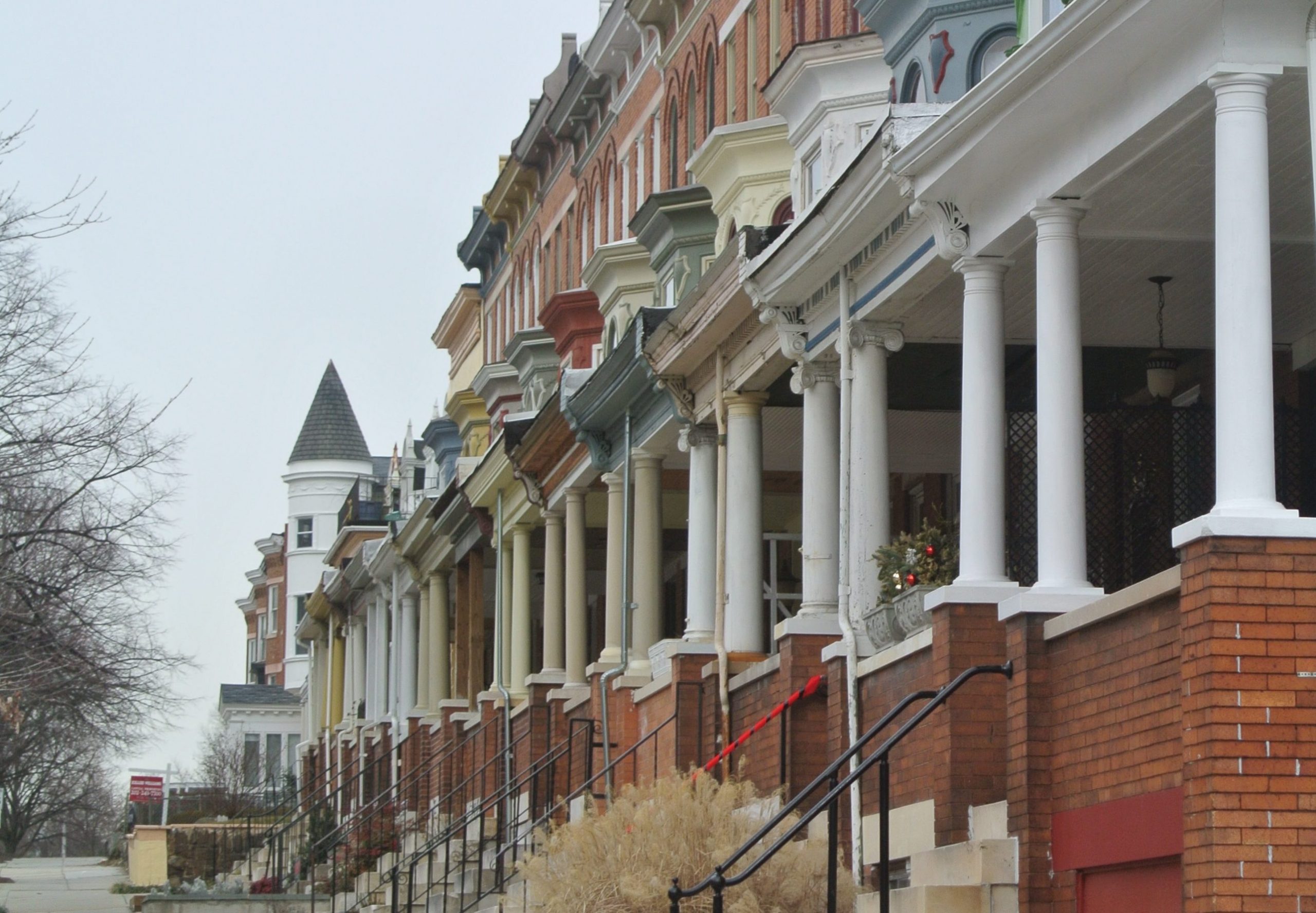Topic(s): Code Enforcement System
Learning from Baltimore’s Vacants to Value: Part I
April 11, 2017

In 2010, the City of Baltimore kicked off an ambitious effort to address its vacant property challenges, an effort it called Vacants to Value (V2V). After five years, the city decided to commission an in-depth evaluation of the program, and after a competitive process, retained the Center for Community Progress, in partnership with the Baltimore Neighborhood Indicators Alliance and the University of Baltimore’s Schaefer Center, to conduct the evaluation. The evaluation report, which I wrote, has just been posted online (PDF).
I’m not going to try to summarize a 100+ page report here. That would be foolish. What I’d like to do, though, is focus on some lessons that came out of the report that are likely to be most useful to people trying to deal with vacant properties in other cities. While there are many facets to the V2V program, the most interesting one, I think, especially to people outside Baltimore, is how they’ve been able to dramatically ratchet up the number of vacant properties that are being rehabbed and put back to use – with little or no public subsidy.
In this post, I write about some of the basic principles behind that strategy. In Part II, I write about some of the nuts and bolts, and in Part III, I address some of the limitations of the strategy, and why in the end, it can’t be the only tool in the municipal toolkit.
No city has enough public funds to get more than a handful of properties rehabbed each year. Recognizing this reality, officials in Baltimore asked, “How do we create the conditions that will lead private developers to invest private resources to rehab vacant properties?”
While many people talk about that, few cities have succeeded. Baltimore has carefully analyzed what those conditions are. They also understand that such strategies can only succeed in those areas where the underlying market conditions are strong enough to make it possible for the V2V strategies to leverage private resources. We’re not talking about a program for gentrifying areas, though. Well over a thousand vacant houses have been rehabilitated in areas that are not strong markets or “hot” areas, but are just strong enough for developers to make the numbers work.

Baltimore Rowhomes (Center for Community Progress, 2014)
The City’s approach is based on two core premises:
First, unless developers want to spend their money to rehabilitate properties in a particular area, there is nothing that the city can do to make them do so. And second, the developers are there. They aren’t the big regional or national firms, they’re small operators, some doing as few as one or two houses a year, some doing 10 or 20. Most are for-profit, but some are non-profit. They have some access to capital – although that’s an area where the City could be more helpful – but their biggest impediment is access to what developers call “product” – vacant houses that they can get when they’re ready to go, that can be rehabbed, and which come with clean title at an affordable price.
Those two premises led to three principles:
- The City should respect developers’ judgment, rather than attempting to determine a priori where rehabilitation should take place.
- Rather than designate specific developers through RFPs or other heavily process-driven approaches, the City should create a mechanism in which developers can productively compete with one another; and
- Rather than attempt to control the property inventory, the City should facilitate a hands-off process by which developers can obtain a steady, predictable pipeline of properties for rehab in timely fashion, at reasonable cost, with clean, marketable title.
This is a marked contrast to the typical public sector approach, under which a city assembles a large site, or a number of properties in one particular area, and selects a developer through a Request for Proposals (RFP) process. An RFP process has major potential downsides in terms of its ultimate outcomes:
- It is driven by the city’s judgment about market conditions, which is likely to be far less sensitive to what’s really going on than that of local developers;
- Once a developer is selected, it holds a monopoly over those properties, which works to the city’s disadvantage if market conditions change, or problems arise; and
- It requires the city to tie up significant resources for land assembly, much of which is unlikely ever to be recaptured.
This doesn’t mean there are no cases where it makes sense for a city to assemble properties and issue an RFP, but they may be fewer than most public officials think. In addition, many public officials fail to appreciate the extent to which, once designated, the developer has them over a barrel. As I will discuss in the next post, the City has come up with an efficient and transparent process for moving privately owned vacant houses into the hands of capable developers without the City ever appearing in the chain of title.
All it takes to get houses rehabbed in hot market, gentrifying areas like Fells Point is for the government to stay out of the way. That’s not the case in the rest of a city like Baltimore. The upshot is that Baltimore has been able to get an average of about 300 vacant, boarded houses rehabbed and put back into use each year since 2010 outside those hot market areas without public subsidy. In my next post, I’ll look at how the process works.
Subscribe to join 14,000 community development leaders getting the latest resources from top experts on vacant property revitalization.
